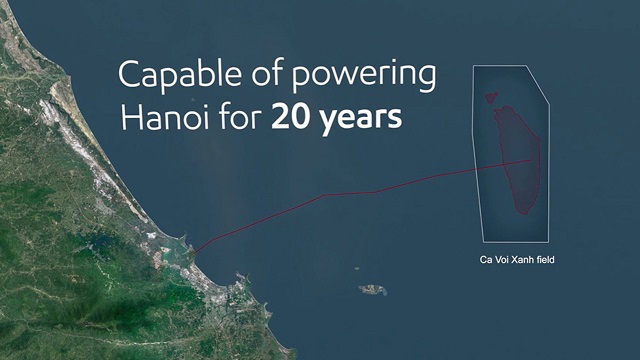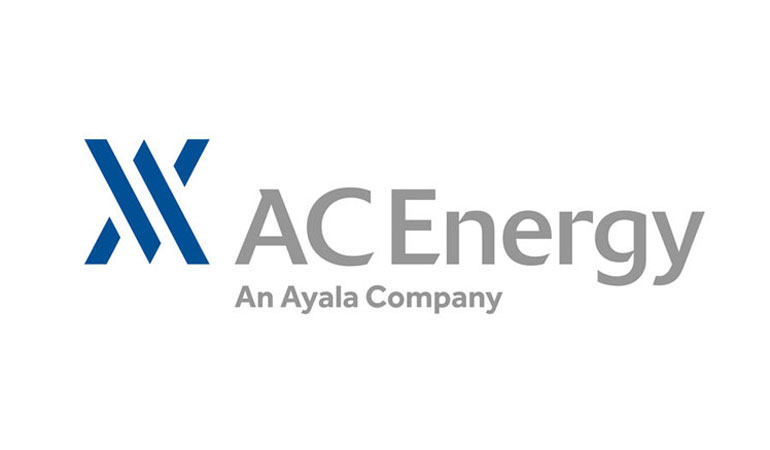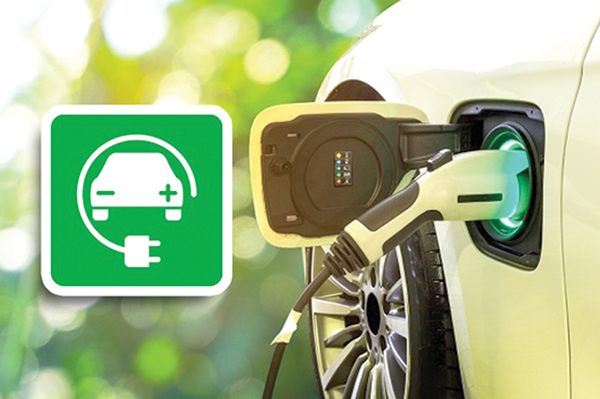Vietnam’s Prime Minister Nguyen Xuan Phuc has approved the investment plan of two power projects which will use gas from the ExxonMobil-exploited Ca Voi Xanh (Blue Whale) field off the country’s coast.
.jpg) |
| Ca Voi Xanh gas field. Photo: ExxonMobil |
Vietnam Electricity (EVN) will be the investor of Dung Quat 1 and Dung Quat 3 power plants with a capacity of 750 MW each and cost a total investment of VND36.2 trillion (US$1.56 billion).
The investor ensures 20% of the total investment and the rest will be funded with commercial loans, local media reported.
EVN plans to kick off Dung Quat 1 in January 2021 and put it into operation in December 2023 while the schedule for Dung Quat 3 will be in January 2021 and December 2024, respectively.
The PM asks the Ministry of Industry and Trade to supervise the projects which are important for the rising power demand in Vietnam in the next 10 years.
Ca Voi Xanh (Blue Whale) is Vietnam’s largest offshore gas project under the jurisdiction of the central city of Danang discovered in 2011 with reserves of 150 billion cubic meters (cu.m).
Vietnam Oil and Gas Group (PetroVietnam), PetroVietnam Exploration Production Corporation (PVEP) and ExxonMobil in 2017 signed agreement frameworks for project development and selling gas from the Ca Voi Xanh gas field.
The gas field, about 88 km to the east of central Vietnam’s shores, is operated by ExxonMobil. Between 9 and 10 billion cu.m of gas are extracted every year.
PetroVietnam has invested around US$4.6 billion in the gas field project and expects revenues of US$30 billion from gas and another US$30 billion from electricity.
“If the [Blue Whale] project goes forward, it is estimated to generate $20 billion in revenue to the Vietnamese government, thousands of local jobs and improved energy security from domestic gas development,” foreign media quoted President of ExxonMobil Development Company Liam Mallon as saying.









